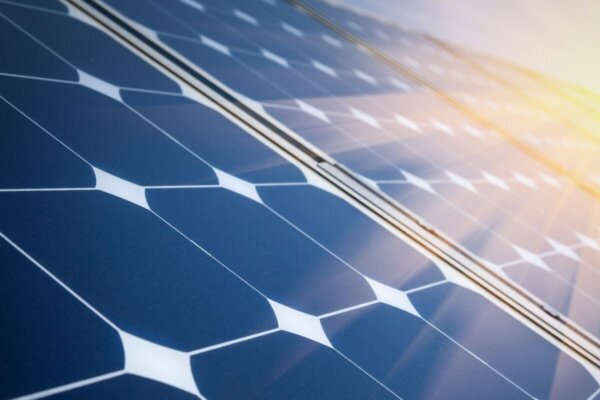Global hydropower capacity reaches record figure
According to the 2024 World Hydropower Outlook, global hydropower reached a record 1,412GW capacity in 20235. This is encouraging news, with hydropower currently the largest source of renewable energy globally, providing a stable source of generation during periods of fluctuating electricity demand, playing a pivotal part in the journey to net zero.
Nevertheless, the report estimates that double the current hydropower capacity will be needed to reach net zero by 2050, requiring an investment of approximately $3.7tn.
To learn more about why we’ve chosen hydropower to be part of our own fuel mix, take a read of our blog.
Wind and solar to account for three-quarters of electricity by 2050
A new report by DNV New Power Systems predicts wind and solar energy will generate half of the world’s electricity by 20406. The figure will reach 70% by 2050 – with almost 90% of all electricity coming from renewable sources.
With solar and wind power making up part of our own fuel mix, it’s encouraging to see these renewable sources increase at a global level.
Renewables critical in bolstering energy security
New insights from the Energy and Climate Intelligence Unit (ECIU) reveal that renewables will play a larger role than domestic oil and gas in the UK’s energy security7. As domestic oil and gas production from the North Sea continues to decline, the UK is set to become more dependent on international energy imports over the next five years, and renewables and other low carbon technologies (such as heat pumps and electric vehicles) will make the biggest difference to bolstering energy security. To learn more, read the ECIU’s press release.


